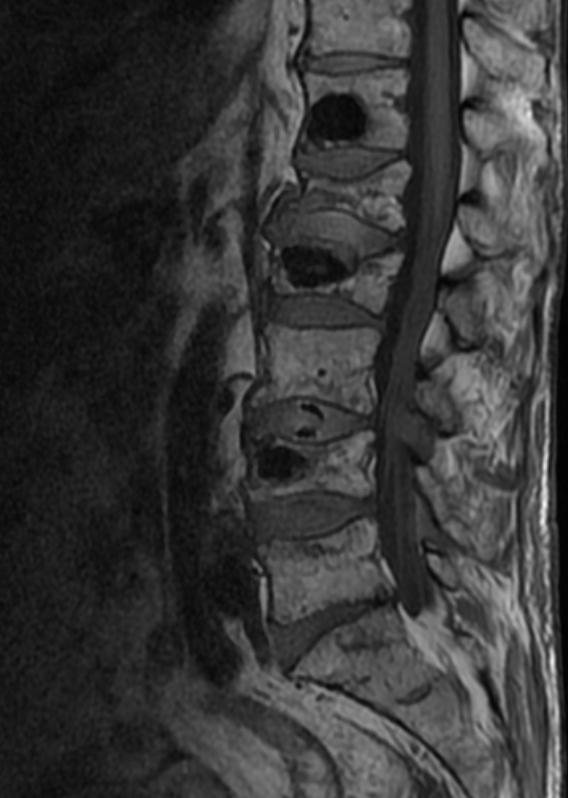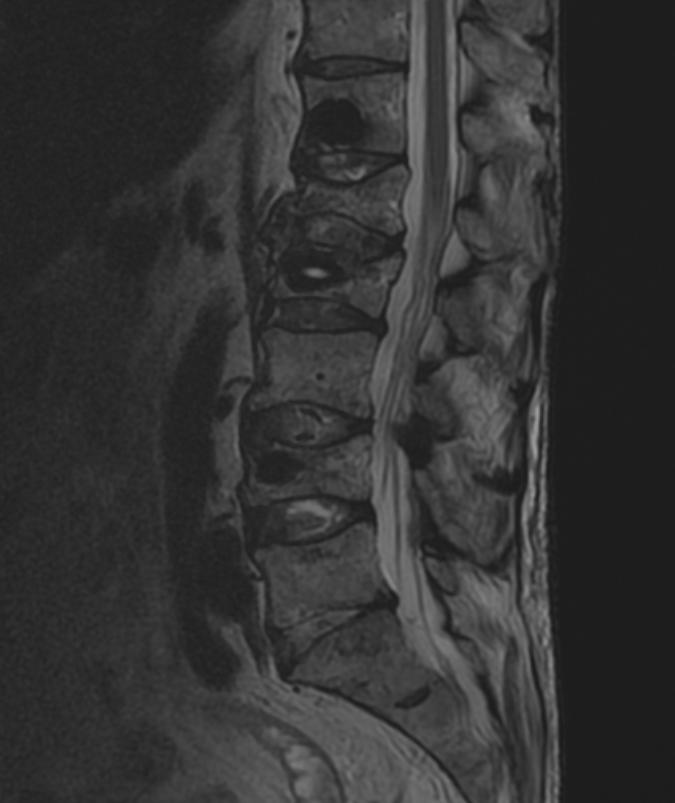Kyphoplasty
|
WikiDoc Resources for Kyphoplasty |
|
Articles |
|---|
|
Most recent articles on Kyphoplasty Most cited articles on Kyphoplasty |
|
Media |
|
Powerpoint slides on Kyphoplasty |
|
Evidence Based Medicine |
|
Clinical Trials |
|
Ongoing Trials on Kyphoplasty at Clinical Trials.gov Clinical Trials on Kyphoplasty at Google
|
|
Guidelines / Policies / Govt |
|
US National Guidelines Clearinghouse on Kyphoplasty
|
|
Books |
|
News |
|
Commentary |
|
Definitions |
|
Patient Resources / Community |
|
Patient resources on Kyphoplasty Discussion groups on Kyphoplasty Patient Handouts on Kyphoplasty Directions to Hospitals Treating Kyphoplasty Risk calculators and risk factors for Kyphoplasty
|
|
Healthcare Provider Resources |
|
Causes & Risk Factors for Kyphoplasty |
|
Continuing Medical Education (CME) |
|
International |
|
|
|
Business |
|
Experimental / Informatics |
Editor-In-Chief: C. Michael Gibson, M.S., M.D. [1]
Overview
Template:Cleanup Kyphoplasty is a medical procedure developed by orthopedist Mark A. Reiley, MD, where the original height and angle of kyphosis of a fractured vertebra (of certain types) are restored, followed by its stabilization using injected bone filler material. The procedure is commonly done percutaneously. Height and angle restoration are currently carried out by using either hydraulic or mechanical intravertebral expansion.
Kyphoplasty is designed to stop the pain caused by the bone fracture, to stabilize the bone, and to restore some or all of the lost vertebral body height due to the compression fracture[2].
The procedure can be performed under either local or general anesthesia, on multiple levels, out-patient or in-patient, and is viewed as minimally invasive. It is most commonly performed for spinal compression fractures caused by osteoporosis, a condition that weakens the bone, and is also sometimes performed for certain other conditions that may have led to a spinal fracture.
The procedure is often carried out under fluoroscopy as an interventional radiographic procedure. It is most commonly done within eight weeks of when the fracture occurs.
Benefits
One of the perceived benefits of kyphoplasty (developed primarily by a Sunnyvale, CA-based company called Kyphon) over vertebroplasty is that kyphoplasty uses a "balloon" to create a void in the cancellous part of the collapsed vertebral body that can then be filled with a more viscous bone cement (proprietary). The viscous properties of this bone cement decrease the likelihood that the cement will leak out of the vertebral body and affect other parts of the vertebra, especially the spinal cavity which contains the sensitive spinal nerves. It has never been shown, however, that there is any increased complication rate with vertebroplasty. Most practitioners who perform both procedures note that they are equally effective in treating the pain from compression fractures.
Inflating the balloon within the bone can also help reduce the deformity (which can lead to a hunchback appearance) created by the collapsed bone, as the balloon helps restore some or most of the vertebral height. It is hypothesized that helping restore the spine's natural geometry should help reduce the risk of future vertebral compression fractures[3]. In theory, helping restore some percentage of the vertebral body's pre-fracture height should also alleviate any pain caused by compression of the thoracic cavity and decrease the associated risk of mortality. The degree of height restoration is, in the majority of patients, minimal.
Criticism
One argument against kyphoplasty is the perception that this approach creates the potential for the vertebal body to open up existing voids in the cancellous bone. In fact, it has been established that the inflation of the balloon inside the vertebral body pushes cancellous bone to the fringes of the vertebral body, "compacting trabecular bone, which may seal osseous defects and venous pathways, thus preventing cement from leaking." (Phillips, et al., Spine, 2002;27:2173-8). The void created by the balloon inside of the vertebral body also allows for bone cement to be deposited under low pressure, thus decreasing the possibility of cement extravasation outside of the vertebral body. Cement extravasation rates observed with kyphoplasty are low, especially compared to those reported with vertebroplasty (Hadjipalvou, JBJS, (Br) 2005, Vol. 87-B, No. 12, Dec 2005). While successful at stabilizing fractured vertebrae, studies have shown that compared to vertebroplasty, kyphoplasty has only marginally greater success in restoring vertebral height. Procedure critics also point out that kyphoplasty's only true advantage over vertebroplasty is the slight reduction in the occurrence of extravasation, that coupled with kyphoplasty's significantly greater cost over vertebroplasty renders it somewhat redundant.
Treatment alternatives to Kyphoplasty
In addition to Kyphoplasty, there are alternatives to treating bone fractures in the spine. Many spine fractures heal on their own and can be helped without surgery. This is especially true in the younger age group. Treatment options to aid healing include pain medication, dietary supplements (such as calcium supplements and a back brace. Another surgical alternative for spinal fractures is called Vertebroplasty, which is a procedure similar to Kyphoplasty.
One of the most notable treatments and prevention is exercise – specifically a type of exercise called “weight-bearing exercise”. In laymen’s terms, weight-bearing exercise is really just exercise you do while standing on your feet, so that your feet and legs bear the weight of your body. Examples include dancing, running, and walking. Resistance training is also important, which is exercise where you use the strength of your muscles to build muscle mass and bone strength. There are a wide range of exercises that fit into these exercise categories that are good for people who have had fractures, have osteoporosis or who have other back problems.
Related Chapters
References
External links
- Society of Interventional Radiology Position Statement
- Vertebroplasty and Kyphoplasty: Percutaneous injection procedures for vertebral fractures Patient information, including an animation of kyphoplasty
- Osteoporosis: Vertebroplasty and Kyphoplasty: Treatment for Compression Fracutres Resulting from Osteoporosis
- Information from Kyphon.com
- webcast replay of a live kyphoplasty (requires RealPlayer)
- National Osteoporosis Foundation: Exercise for healthy bones
- Exercise health hub – for people with back problems

